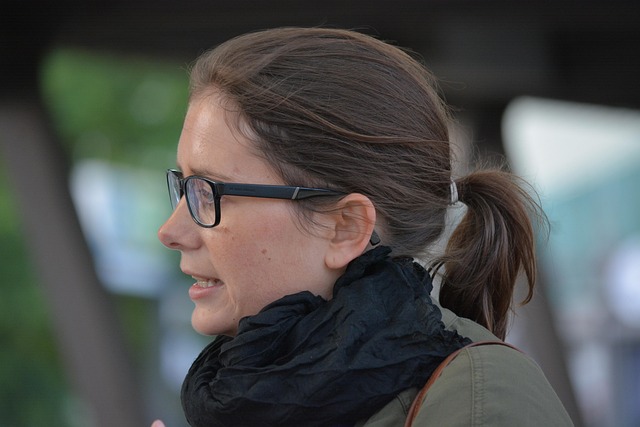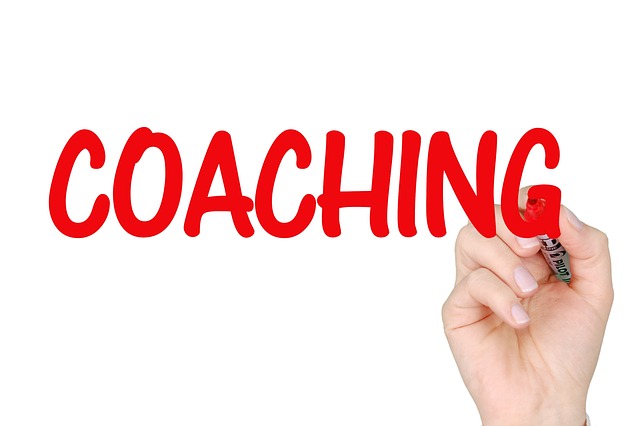
Unlocking the Power of Science and Technology in Crafting the Perfect Job Description for a Modern Workplace Culture
In today’s fast-paced business environment, crafting the perfect job description is a crucial task that extends far beyond just listing responsibilities and qualifications. It is where the realms of science, technology, and workplace culture converge to create a blueprint for attracting top talent. A well-defined job description not only serves as a guide for potential candidates but also sets the tone for the organizational culture that they will be stepping into.
Science plays a significant role in understanding human behavior and motivation. By leveraging insights from organizational psychology, HR professionals can tailor job descriptions that resonate with candidates on a deeper level. For example, highlighting opportunities for collaboration and innovation can attract individuals who thrive in dynamic environments, fostering a culture that emphasizes teamwork and creativity. This highlights the importance of not merely stating what the job entails but understanding the personality traits and motivations that will make someone successful in that role.
Moreover, technology has transformed the way we approach recruitment and job descriptions. With the help of advanced analytics and artificial intelligence, HR teams can now analyze vast troves of data to identify the most effective keywords, phrases, and formats for job postings. This technology enables recruiters to optimize their descriptions to appear prominently in search results, ensuring that they reach the right audience. By crafting job descriptions that are not only engaging but also optimized for search engines, companies can significantly widen their talent pool and attract candidates that align with their workplace culture.
Furthermore, a contemporary job description is more than just a list of duties; it should encapsulate the essence of the organization’s values and culture. In a world where job seekers increasingly prioritize culture fit alongside salary and benefits, conveying the organization’s mission and values is imperative. Whether it is a commitment to diversity and inclusion, a focus on continuous learning, or an emphasis on work-life balance, these elements should be woven into the fabric of the job description. This helps in attracting candidates who not only have the requisite skills but also share the organization’s vision, ultimately contributing to a healthier workplace culture.
Incorporating feedback from current employees can also enhance the quality of job descriptions. Engaging teams in this process fosters a sense of ownership and can provide unique insights into what makes the workplace culture special. These testimonials can be integrated into the job description, offering potential candidates a glimpse into the day-to-day experiences and the collaborative spirit that defines the company. This not only enriches the job description but also builds credibility and trust with future employees.
As we navigate the evolution of workplace culture, the meticulous science of human behavior coupled with cutting-edge technology can be harnessed to create more inclusive and dynamic job descriptions. By understanding the nuances of the workforce and utilizing modern tools, HR professionals can shape job descriptions that not only attract talent but also cultivate an environment where individuals can thrive. This strategic approach paves the way for an engaged workforce, ready to contribute to the collective goals of the organization.



